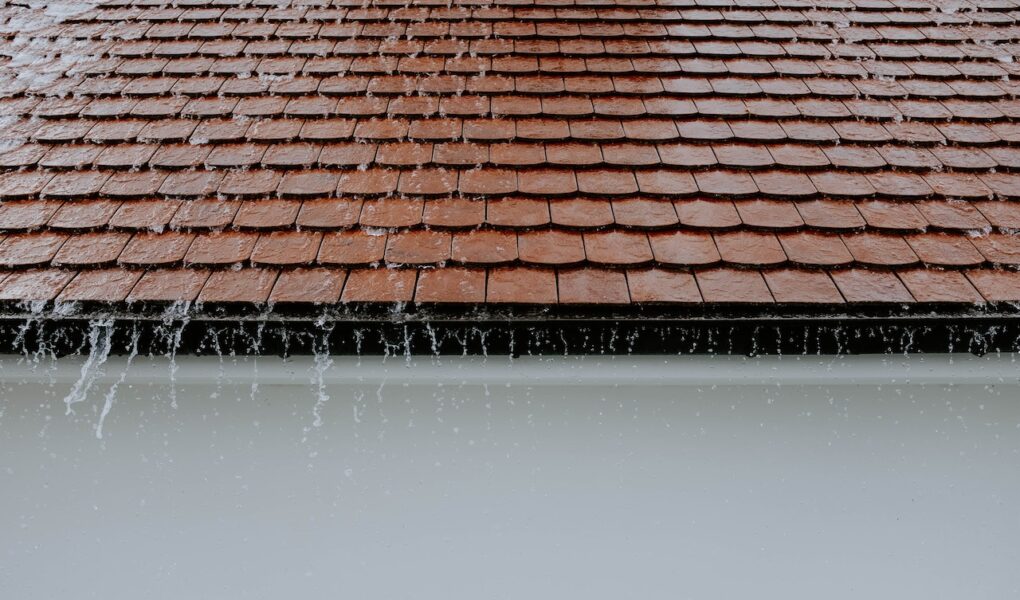With the potential to save you money and give you a sense of accomplishment, taking on a DIY roofing job can be satisfying. However, in order to avoid mishaps and injuries, safety must be given top priority throughout the entire procedure. Roofing involves working at heights and handling tools, making safety precautions paramount. This article provides essential safety tips for DIY roofing projects, ensuring your project remains both successful and injury-free. Read on.
1. Plan and Prepare
Before you even step foot on your roof, take time to plan and prepare for the project. Start by thoroughly inspecting your roof from the ground and listing the needed materials, tools, and equipment. Also, plan the layout of your project so that you can complete it quickly and efficiently. This planning phase will help you anticipate potential hazards and plan accordingly!
2. Wear Appropriate Safety Gear
Proper attire can significantly reduce the risk of injuries. Wear slip-resistant shoes with an excellent grip to prevent slipping on the roof surface. A sturdy pair of work gloves will protect your hands while handling materials and tools. Additionally, wear safety glasses to shield your eyes from debris and potential hazards.
3. Use Sturdy Ladders
Using the right ladder is crucial when working at heights. Ensure your ladder is stable, in good condition, and long enough to extend at least three feet above the roofline for easy access. Set the ladder on a flat, stable surface, and have someone hold it steady while you ascend or descend. Doing this will ensure that the ladder remains secure and does not slip while you are on it.
4. Choose the Right Weather
Weather should always be taken into account when working outdoors. Rain, wind, and other adverse conditions can impede your progress and create hazardous conditions on the roof. Choose a day with calm weather and clear skies to ensure safe working conditions and successful project completion.
5. Install Safety Barriers
Installing safety barriers, such as roof jacks and toe boards, can provide an added layer of protection by preventing accidental slips and falls. These barriers create a safe working platform and help distribute your weight more evenly.
6. Secure Tools and Materials
Make sure to secure all tools and materials on your workbench or platform. This will help prevent them from being blown off the roof in case of strong wind gusts. Additionally, use tool lanyards, ropes, or buckets to keep your tools within reach while working at heights.
7. Leave the Job to the Pros
Lastly, if you don’t feel comfortable tackling a DIY roofing project alone, leave it to the professionals. Hiring an experienced and reputable roofer like Mighty Dog Roofing can save you time, money, and stress in the long run! They have the knowledge and skills to get the job done quickly and safely.
In conclusion, embarking on a DIY roofing project offers the satisfaction of self-accomplishment, but it must go hand in hand with an unwavering commitment to safety. While the allure of tackling roofing tasks on your own is strong, the imperative of safety should always be stronger. Ultimately, the success of your roofing endeavor should be measured not just by the project’s outcome but by safeguarding your own well-being and those working alongside you. Happy roofing!
Infographic created by ISI Building Products, Offering High-Performance Crawl Space Encapsulation Vapor Barrier to Enhance Appearance and Protection



